Microsoft’s original Xbox Elite controller was a major step-up for gamers, with customizable buttons, changeable physical controls and adjustable sensitivity for serious personalization. The new Xbox Elite Controller Series 2 has just landed, and it offers similar features, but with new and improved features that add even more customization options, along with key hardware improvements that take what was one of the best gaming controllers available, and make it that much better.
USB-C
This might seem like a weird place to start, but the fact that the new Xbox Elite 2 comes with USB-C for charging and wired connections is actually a big deal, especially given that just about every other gadget in our lives has moved on to adapting this standard. Micro USB is looking decidedly long in the tooth, and if you’re like me, one of the only reasons you still have those cables around at all is to charging your game controllers.
In the box, you get a braided USB-A to USB-C charging cable, which is plenty long enough to reach from your console to your couch at nine feet. Of course, you can also use your phone, tablet, MacBook or any other USB-C charger and cable combo to power up the Elite 2, which is why it’s such a nice upgrade.
This is big for one other key reason: Apple recently added Xbox controller compatibility to its iPad lineup, which also charges via USB-C. That’s what makes this the perfect controller for anyone looking to turn their tablets into a portable gaming powerhouse, since it reduces the amount of kit you need to pack when you want to grab the controller and have a good option for digging into some iPad gaming.
Adjustable everything
Probably the main reason to own the Elite 2 is that it offers amazing customization options. New to this generation, you can even adjust the resistance of the thumbsticks, which is immensely useful if you’re a frequent player of first-person shooter (FPS) games, for instance. This lets you tune the sensitivity of the sticks to help ensure you’re able to find the right balance of sensitivity vs. resistance for accurate aiming, and it should help pros and enthusiasts make the most of their own individual play style.
The shoulder triggers also now have even shorter hair trigger locks, which mean you can fire quicker with shorter squeezes in-game. And in the case, you’ll find other thumbsticks that you can swap out for the ones that are pre-installed, as well as a d-pad you can use to place the multi-directional pad.
On top of the hardware customization, you can also tweak everything about the controller in software on Windows 10 and Xbox One, using Microsoft’s Accessories app. You can even assign a button to act as a ‘Shift’ key to provide even more custom options, so that you can set up key combos to run even more inputs. Once you find a configuration you like, you can save it as a profile to the controller and switch quickly between them using a physical button on the controller’s front face.
Even if you’re not a hardcore multiplayer competitive gamer, these customization options can come in handy. I often use profiles that assign thumbstick clicks to the rear paddle buttons, for instance, which makes playing a lot of single-player games much more comfortable, especially during long sessions.
Dock and case included
The Xbox Elite 2 includes a travel case, just like the first generation, but this iteration is improved, too. It has a removable charging dock, which is a quality accessory in its own right. The dock offers pass-through charging even while the controller is inside the case, too, thanks to a USB-C cut-through that you can also seal with a rubberized flap when it’s not in use.
 In addition to housing the charger and controller, the case can hold the additional sticks and D-pad, as well as the paddles when those aren’t in use. It’s got a mesh pocket for holding charging cables and other small accessories, and the exterior is a molded hard plastic wrapped in fabric that feels super durable, and yet doesn’t take up much more room than the controller itself when packed in a bag.
In addition to housing the charger and controller, the case can hold the additional sticks and D-pad, as well as the paddles when those aren’t in use. It’s got a mesh pocket for holding charging cables and other small accessories, and the exterior is a molded hard plastic wrapped in fabric that feels super durable, and yet doesn’t take up much more room than the controller itself when packed in a bag.
The case is actually a huge help in justifying that $179.99 price tag, since all of this would be a significant premium as an after-market add-on accessory for a standard controller.
Bottom line
Microsoft took its time with a successor to the original Xbox Elite Wireless Controller, and while at first glance you might think that not much has changed, there’s actually a lot of significant improvements here. The controller’s look and feel also feel better, with more satisfying button, pad and the stick response, and a better grip thanks to the new semi-textured finish on the front of the controller.
[gallery ids="1908338,1908336,1908334,1908333"]
USB-C and more customization options might be good enough reason even for existing Elite Controller owners to upgrade, but anyone on the fence about getting an Elite to begin with should definitely find this a very worthwhile upgrade over a standard Xbox One controller.
from Apple – TechCrunch https://ift.tt/2POtzGh
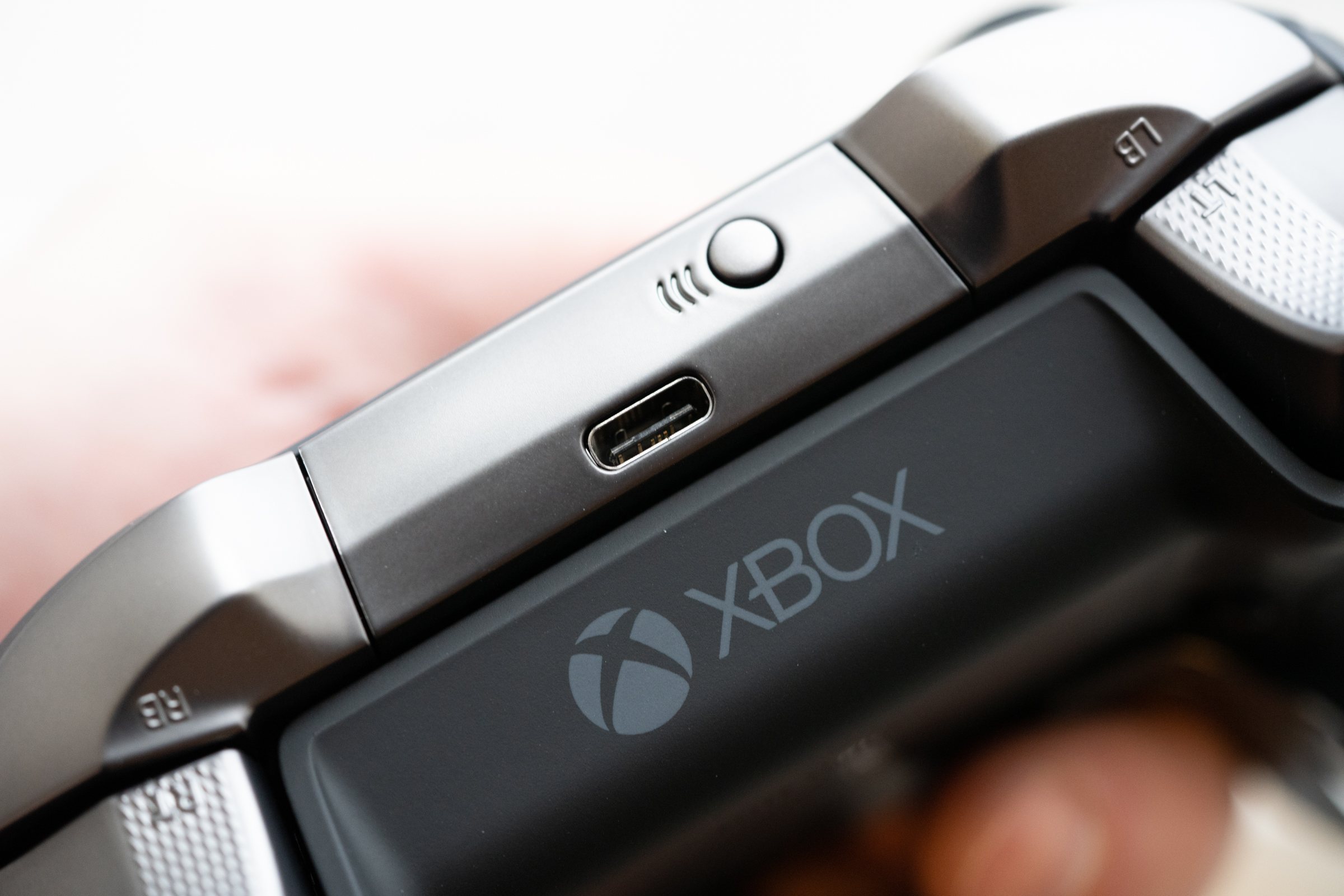


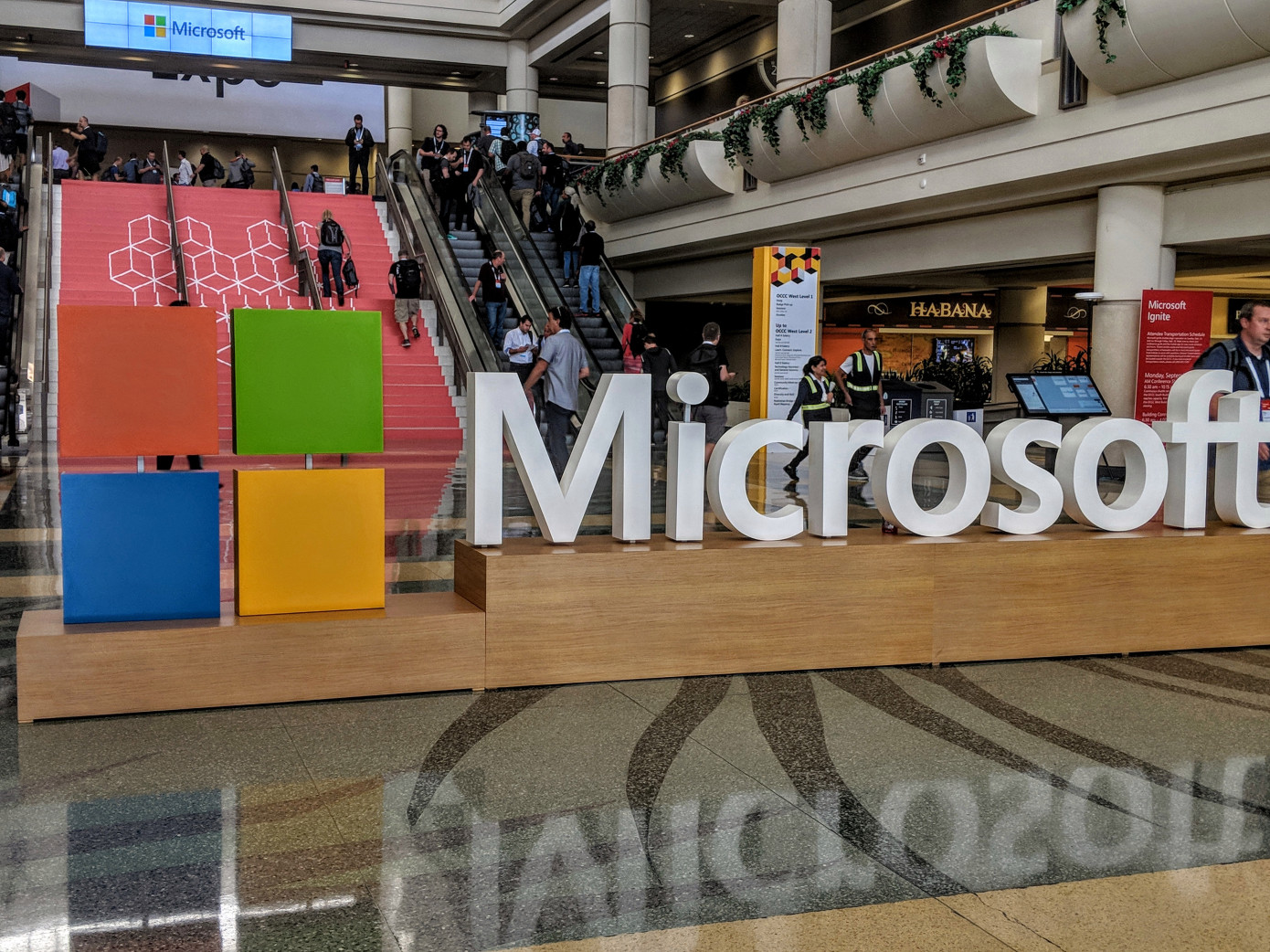

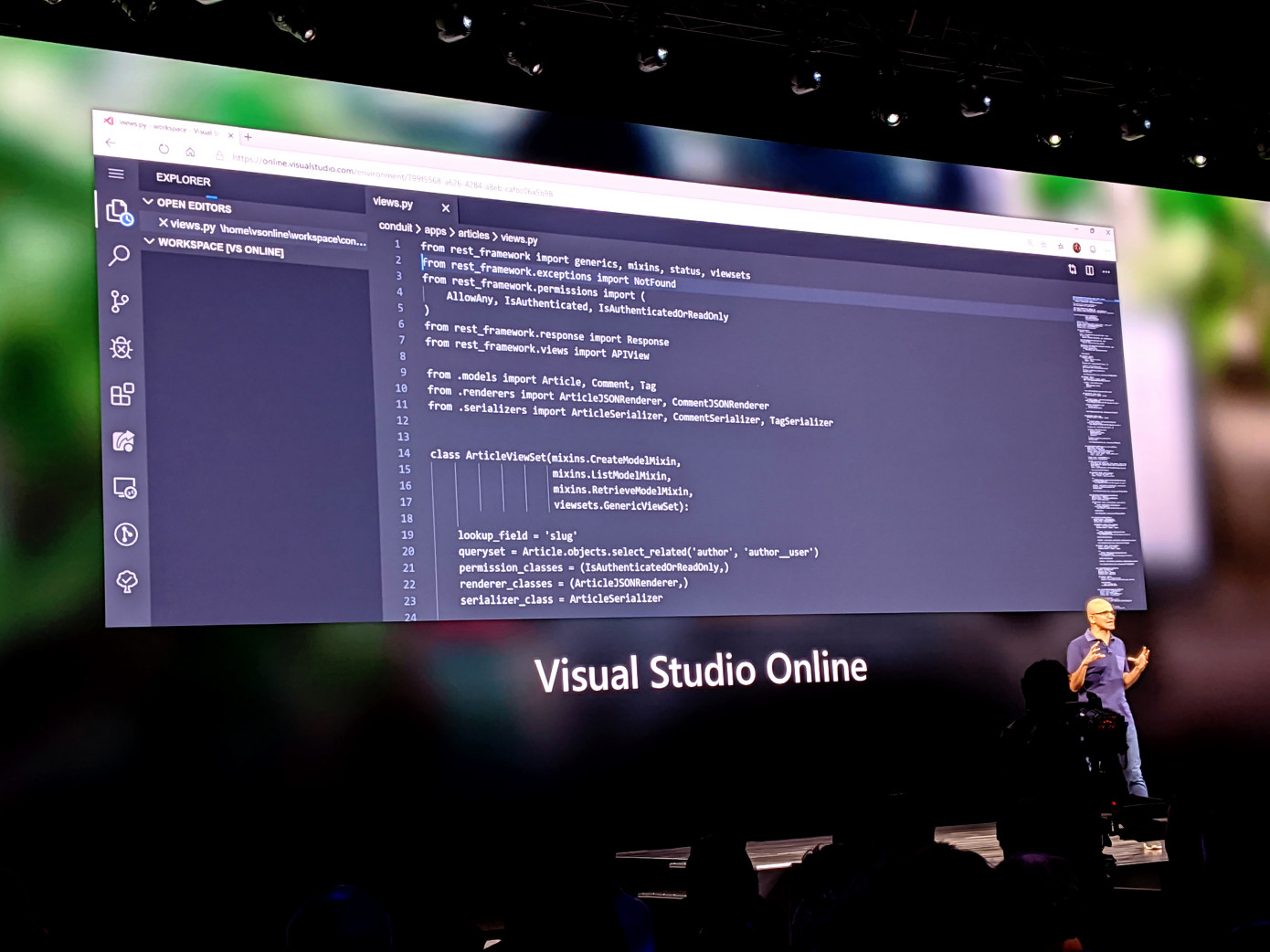
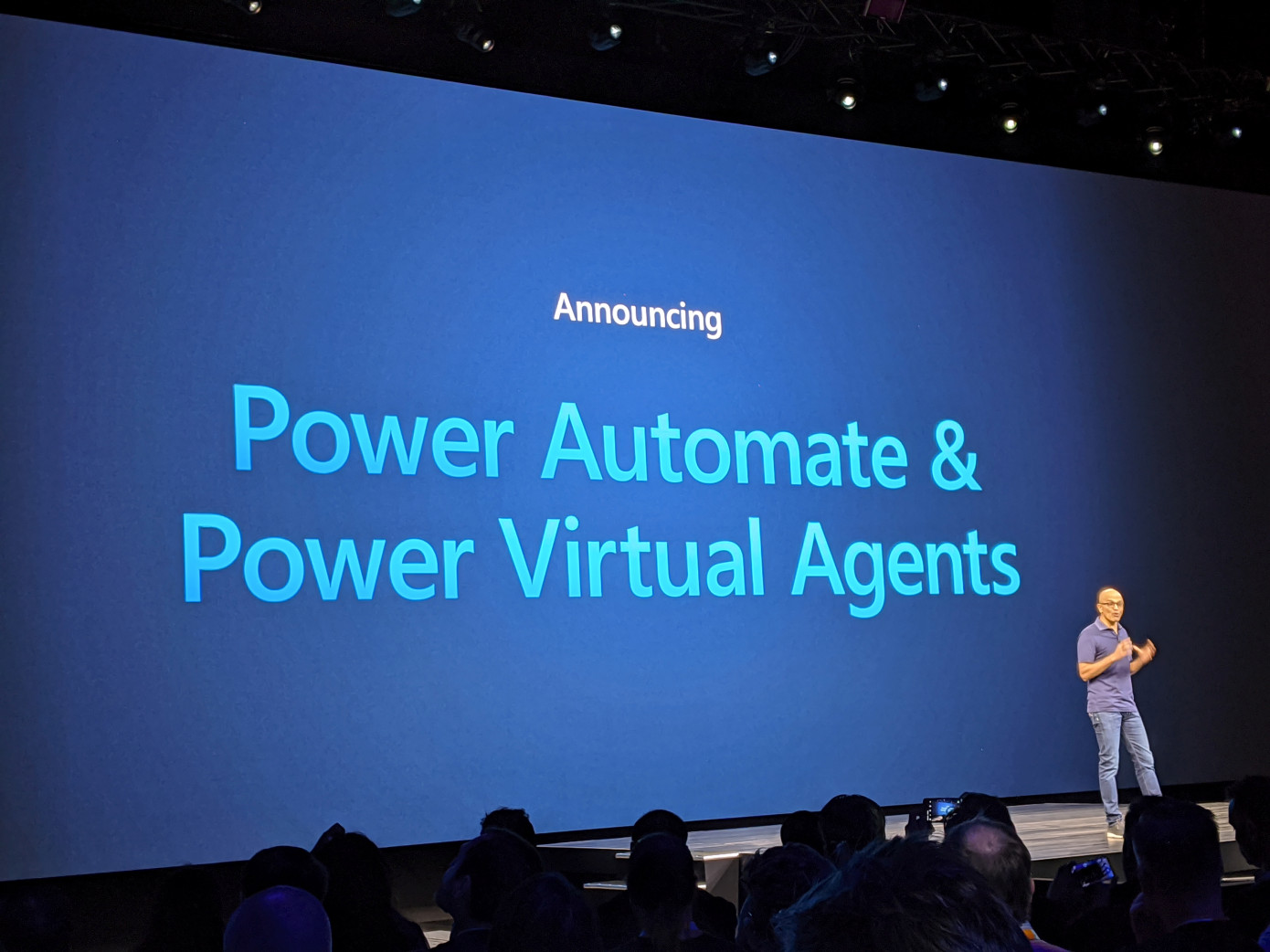
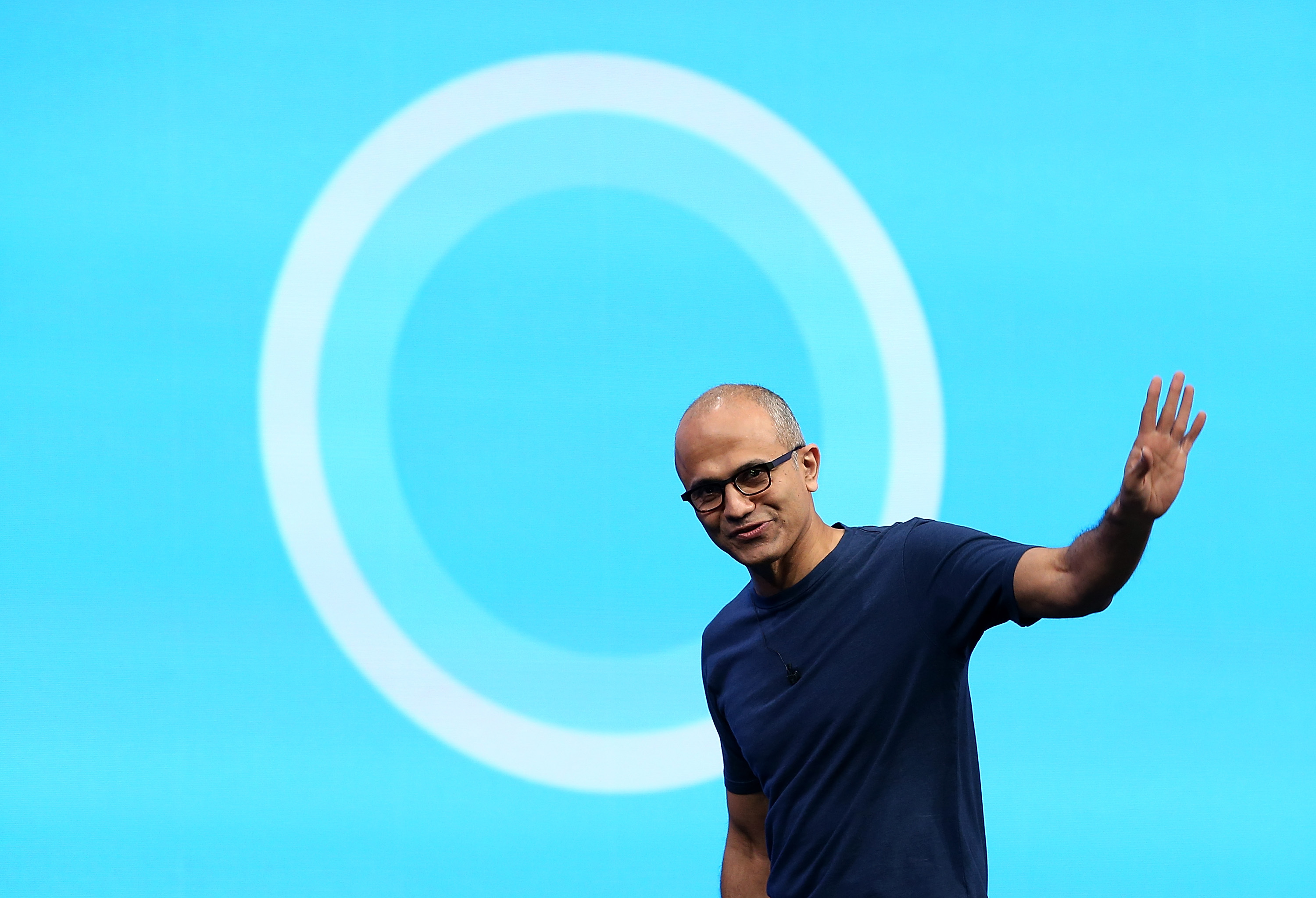


 “Community members like teachers, firefighters, first responders and service workers are increasingly having to make the difficult choice to leave behind the community they have long called home. Nearly 30,000 people left San Francisco between April and June of this year1 and homeownership in the Bay Area is at a seven-year low,” Apple said.
“Community members like teachers, firefighters, first responders and service workers are increasingly having to make the difficult choice to leave behind the community they have long called home. Nearly 30,000 people left San Francisco between April and June of this year1 and homeownership in the Bay Area is at a seven-year low,” Apple said.